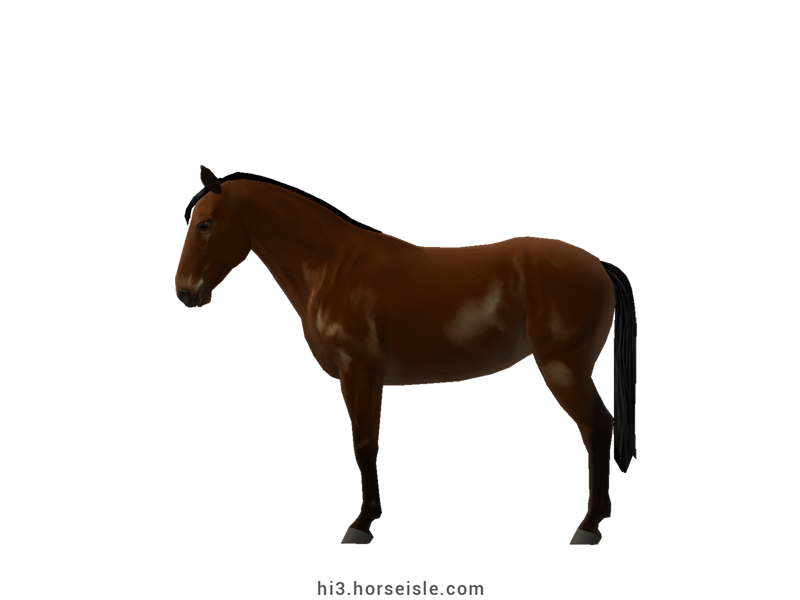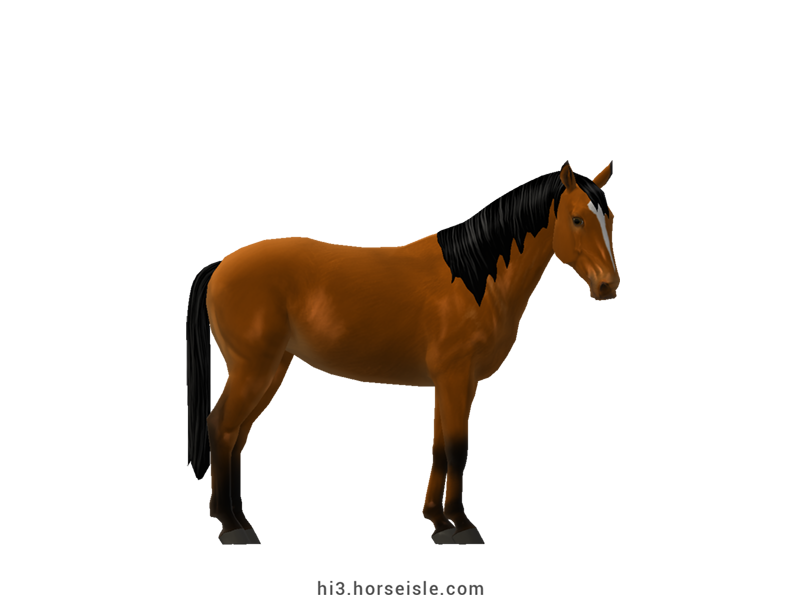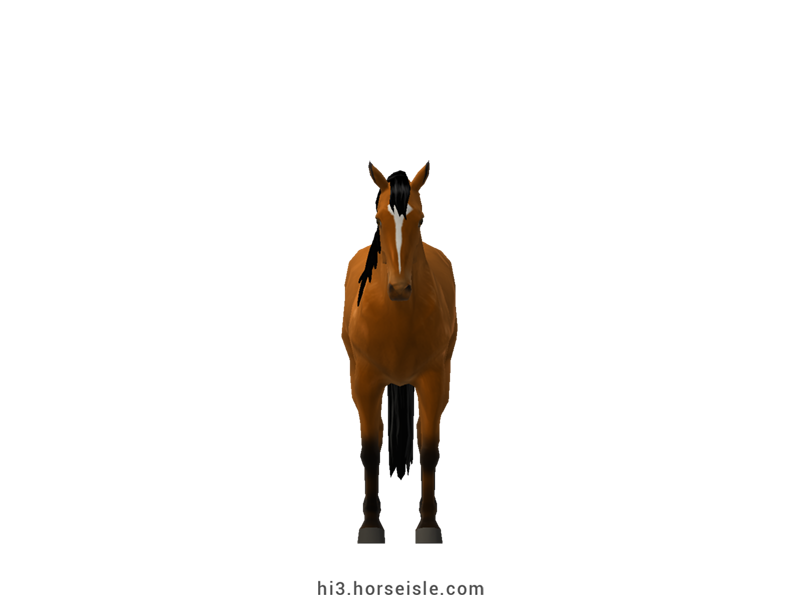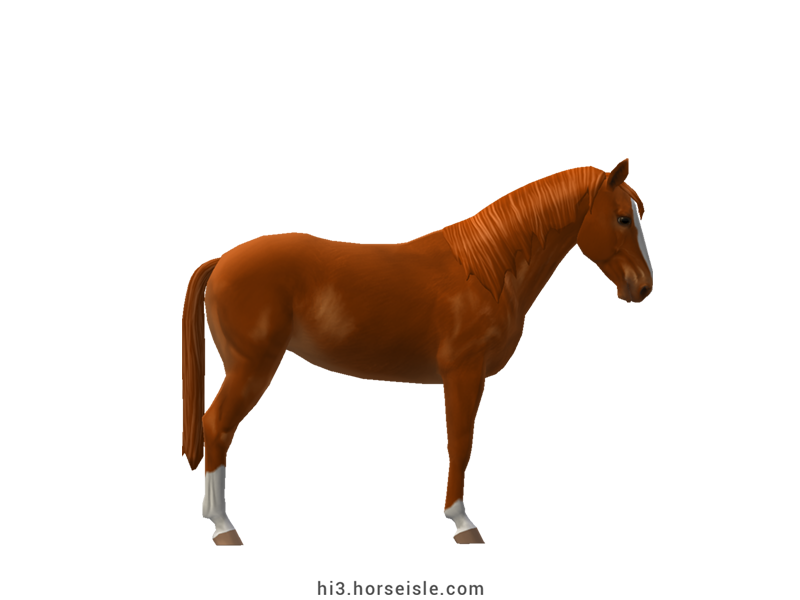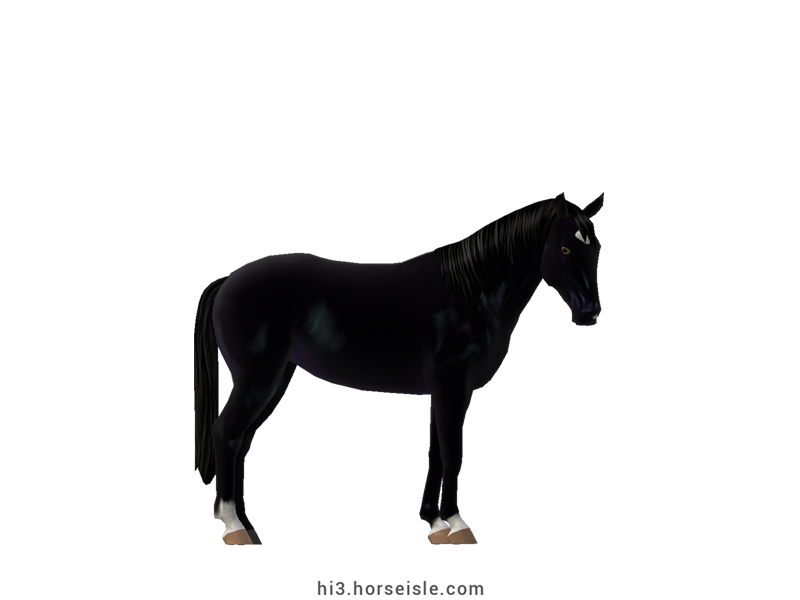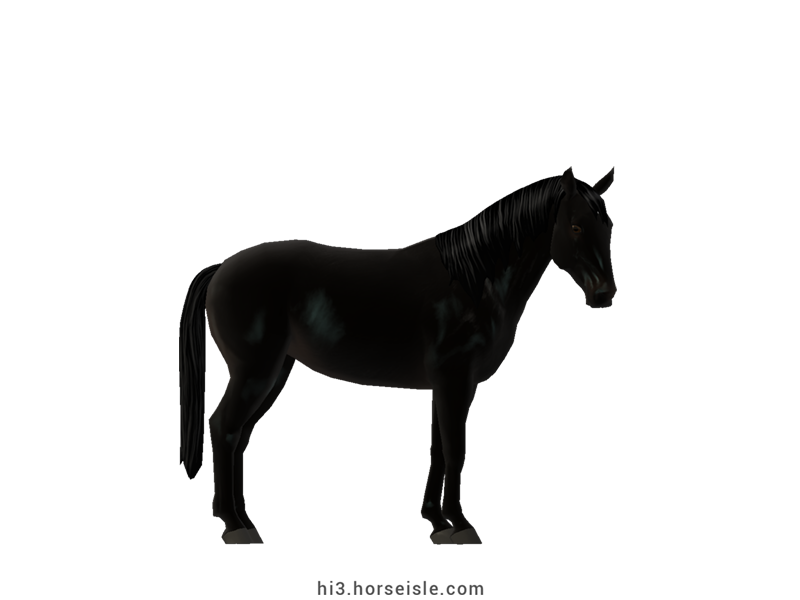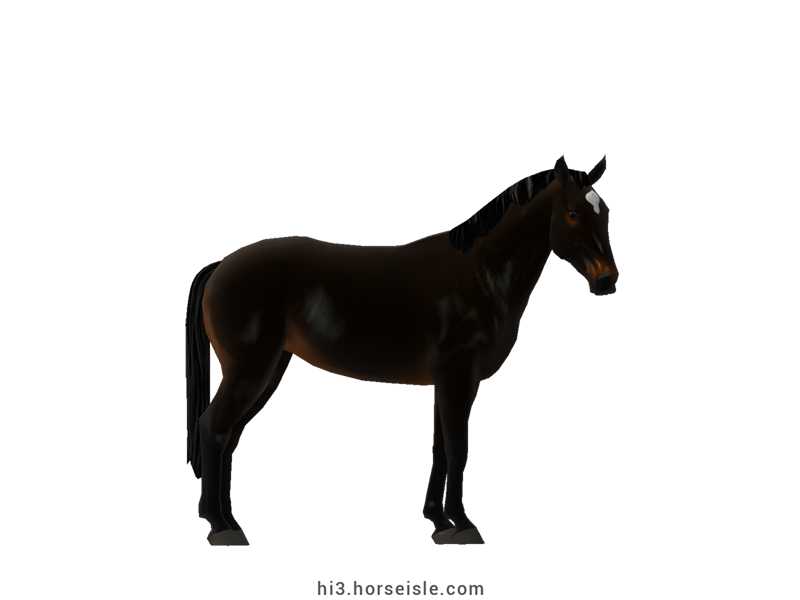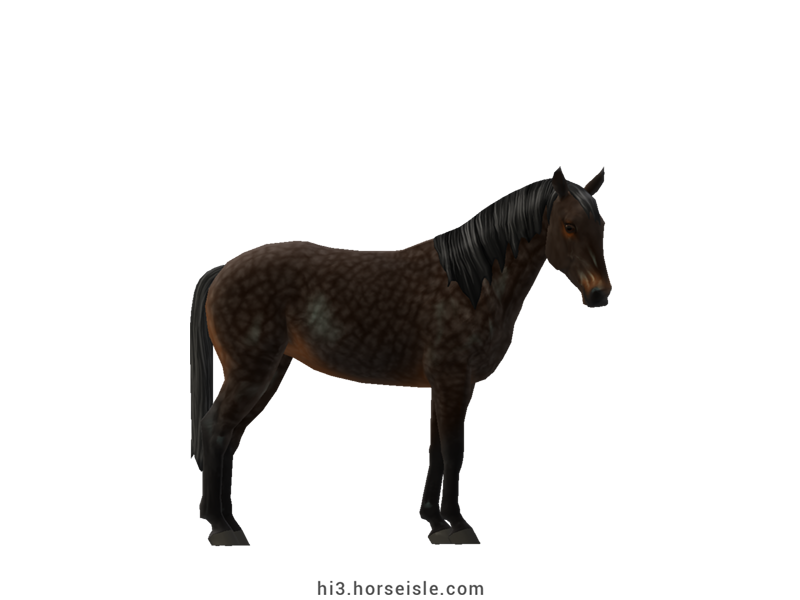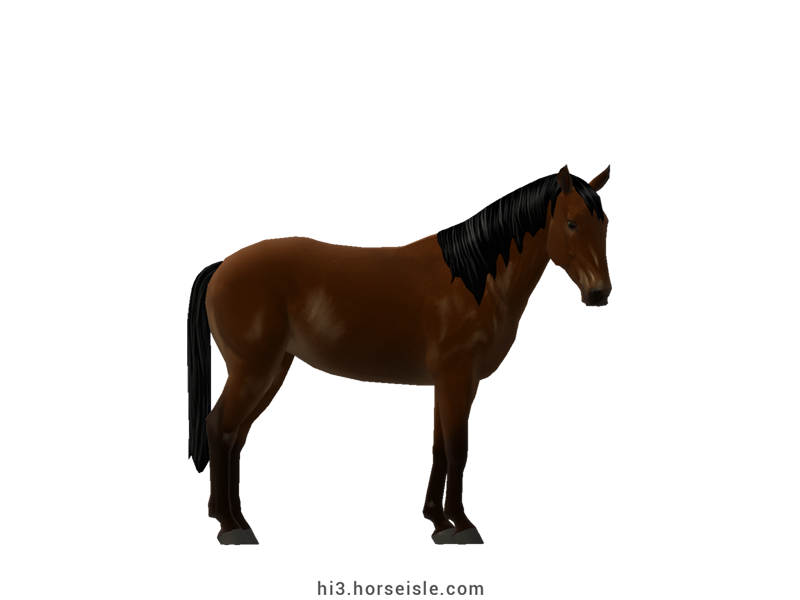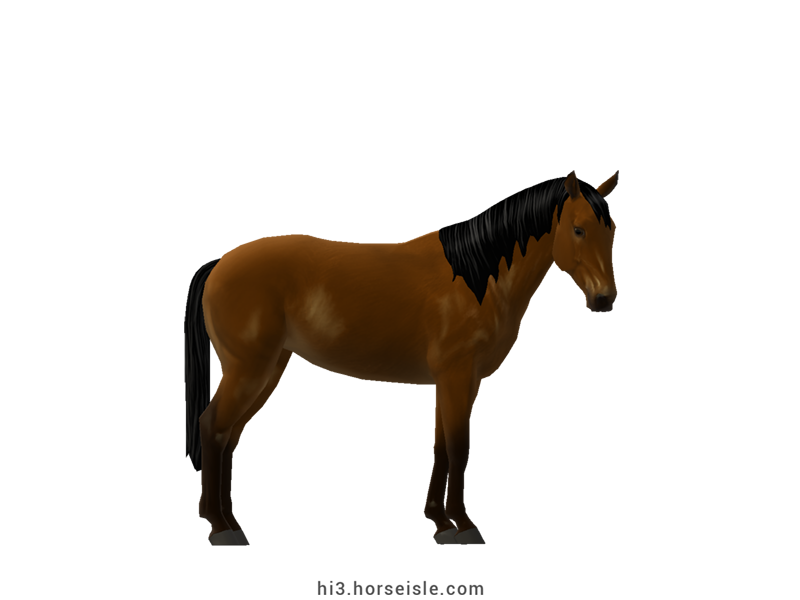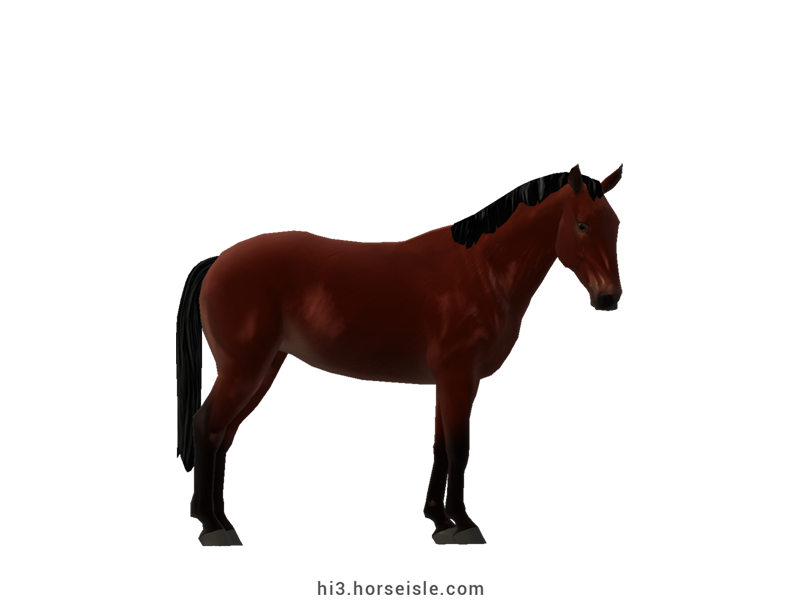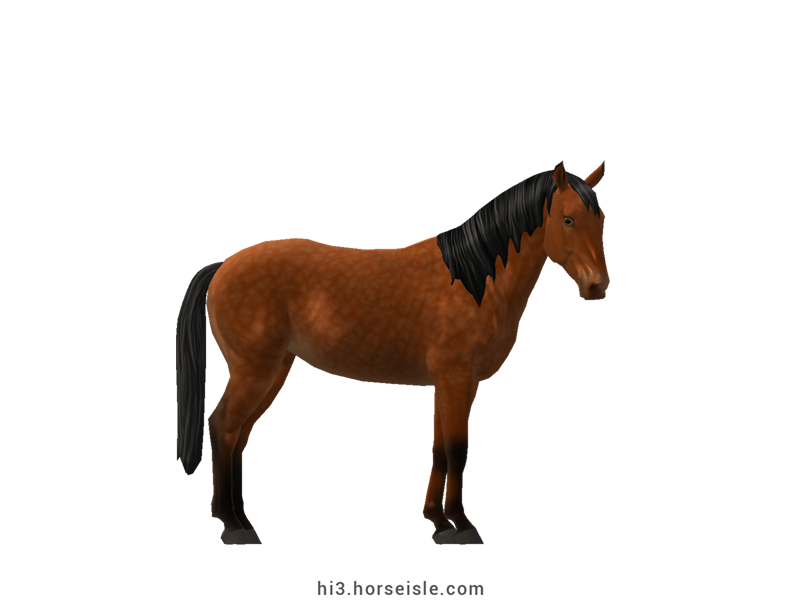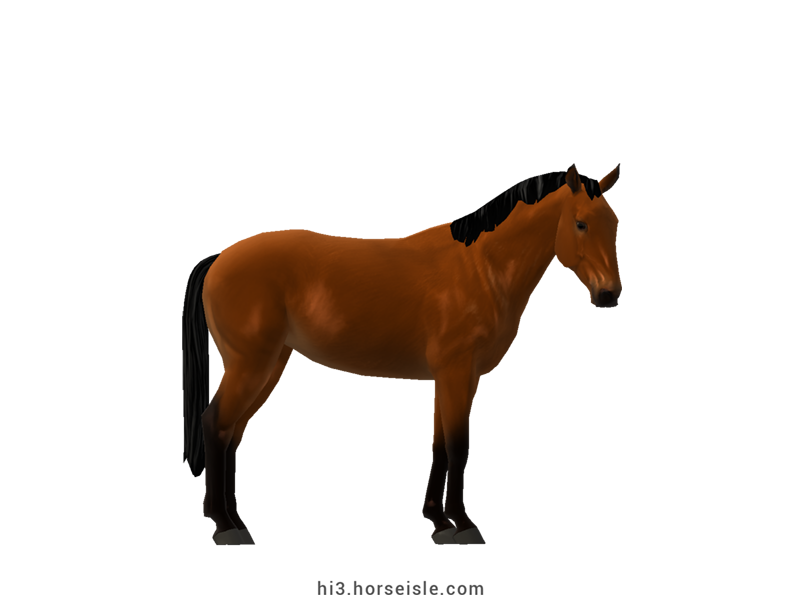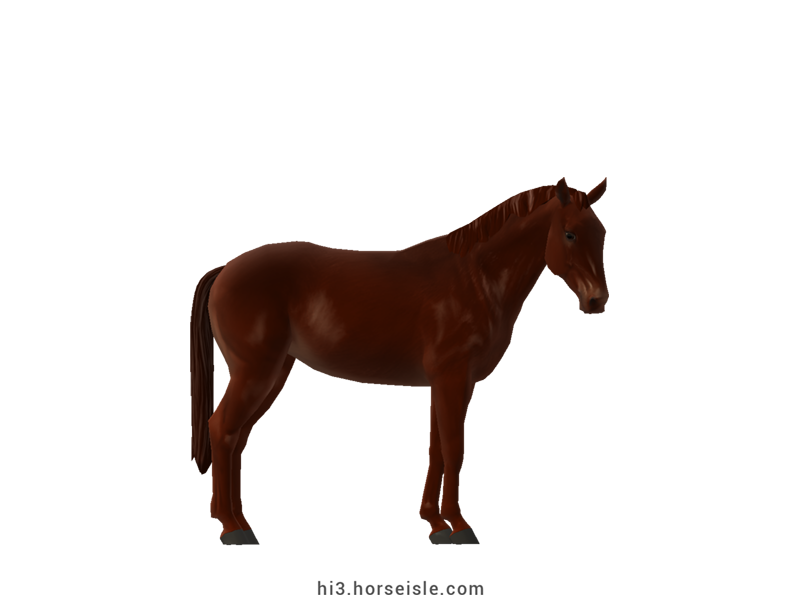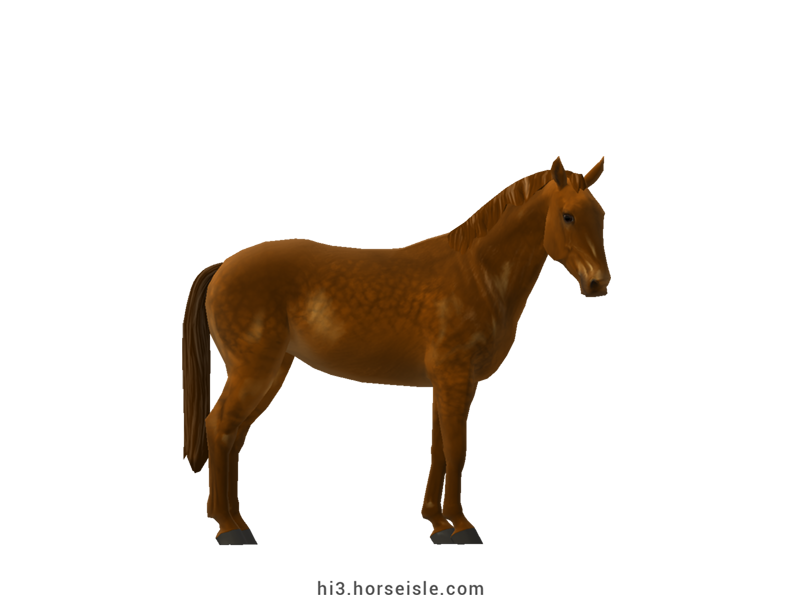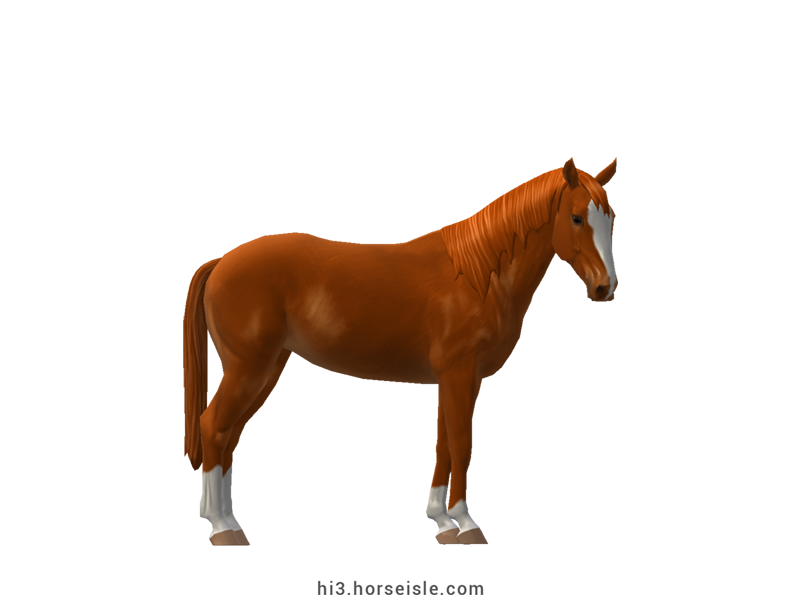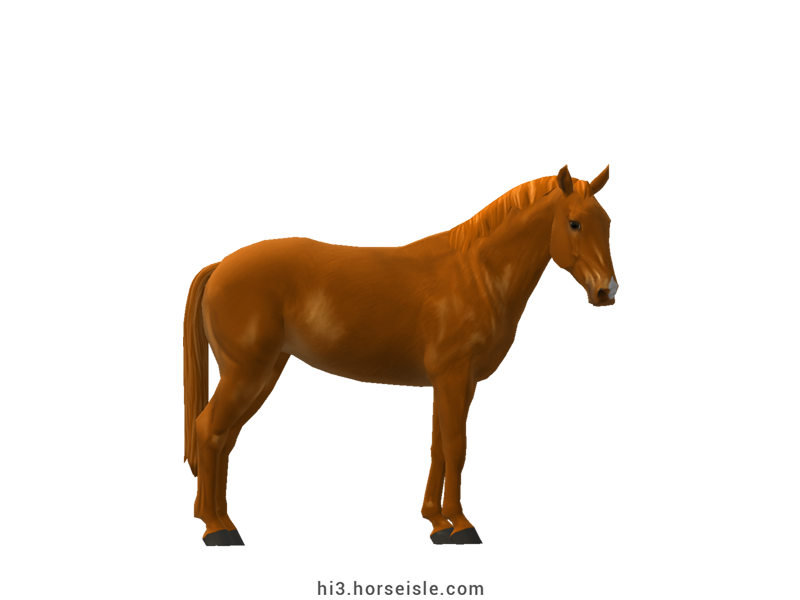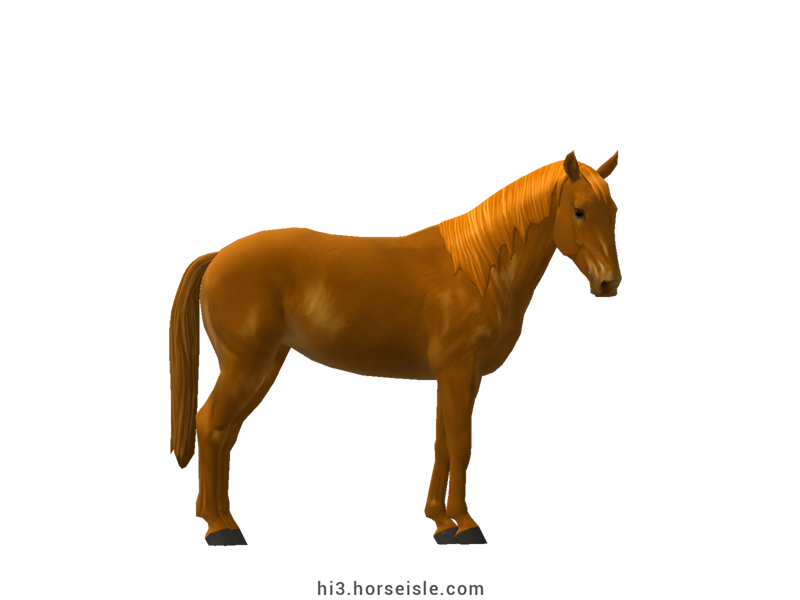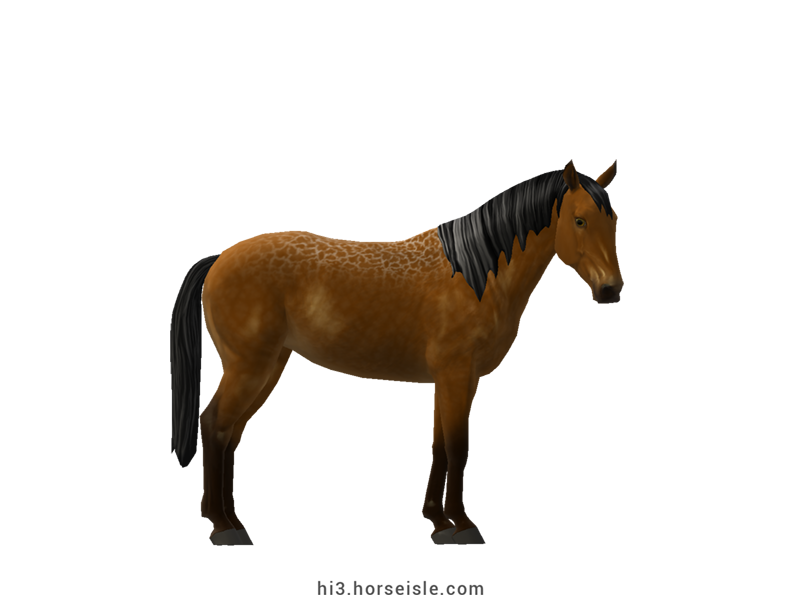Our Massive Real World Equine Reference!
[ INDEX ] Equine Type: Horse Breed: Hanoverian (Hano) [ PREV ] [ NEXT ]
Humble origins:
Although famous nowadays for its impressive athleticism, the Hanoverian actually started as a heavy farm horse.
Back in the 16th century, in the German state of Lower Saxony which back then was known as the Kingdom of Hanover, Hanoverian farmers decided to crossbreed their local horses with Spanish horse breeds. This refined the local horses, made them more suitable for farming, and created the stock from which the Hanoverian breed will eventually emerge.
State Stud Celle:
In 1735, George II, who was the King of England and the elector of Hanover, decided to establish the first national stud for organized breeding of Hanoverian horses. This task was of most importance, because while the people of Hanover did breed their own horses, they still had to rely on horse importation which could be sabotaged at time of war.
The location chosen for the new State Stud was Celle, and the plan was to import high-quality stallions which the people of Hanover could then use to cover their mares for a low fee. As such, twelve Holsteiner stallions were imported and crossed with the local mares (see 'Holsteiner').
The birth of the Hanoverian:
The result of those crosses was the Hanoverian horse, who was bred to be a strong, well-structured beast that can serve as a cavalry, carriage, and farm horse. The breed remained true to its form even during the 19th century, when Mecklenburg and Thoroughbred blood was added to the breeding program at Celle.
However, things got complicated as more and more private breeders started breeding Hanoverian horses. While the State Stud Celle had always recorded the pedigrees of its stock, this wasn't always the case with individual breeders. This created the risk that bad breeding stock will be used and that the Hanoverian will deviate from its standard of excellence.
This problem was solved in 1888, when the Royal Agricultural Society in Hanover established the studbook for Hanoverian Warmbloods. This ensured the uniformity in the conformation and characteristics among Hanoverian horses, no matter who bred them.
The following century, in 1922, the Hanoverian Verband association was established to maintain the studbook.
Becoming an elite sport horse:
Up until 1945, the breeding goal for Hanoverian horses remained overall the same, meaning to breed horses who can serve as cavalry, carriage, and farm horses. However, after World War II, it was clear that Hanoverian horses would no longer be needed for any of those purposes.
In order to keep the breed relevant, a new vision was adopted to the breeding program: the Hanoverian will be bred to serve as an athletic, talented sport horse. To this end, breeders crossed Hanoverian horses with Thoroughbreds, Trakehners, and Holsteiners. The result, officially known as the "modern Hanoverian", was successful, and generated an elite sport horse.
The Hanoverian today:
Today, the Hanoverian is immensely popular in Europe and the USA, and is ranked as one of the best horse breeds for competing in international levels in show-jumping, eventing, and, on top all dressage, the latter being its specialty (as of 2021 rankings).
Hanoverian horses are also still bred in the aforementioned State Stud Celle, making it the third oldest State Stud in Germany. In addition to being the house for over 100 Hanoverian stallions, the State Stud at Celle is also famous for its annual parade in which it presents its stallions.
Breeding:
There are two authorized organizations that oversee the breeding of Hanoverian horses. The first is the 287-years-old (and counting) State Stud Celle in Hanover, and the second is the Hanoverian Verband (Hanoverian Horse Society).
The two work together to ensure that only the best stallions and mares are being selected for breeding. The selection process is rigorous, as each horse must pass a series of strict inspections and tests before being granted the permission to breed.
The Hanoverian Verband specifically states that: "In order to promote the method of pure breeding, the extent of the use of stallions from other breeding populations shall be limited." Therefore, in Horse Isle, the Hanoverian has a closed studbook.
Conformation:
The Hanoverian has a light, noble head with a straight profile, large nostrils, large eyes, and upright ears. The neck is muscular and tapers toward the head, connecting to prominent withers. The back is strong, the croup is sloping, the girth is deep, and the legs are long.
Performance metrics:
The following are the: range, average, (SD), and MOE of performance metrics of ordered Hanoverians in Horse Isle (not bred ones). In rare cases,
Speed: 16.5-17.7, 17.0 (0.3), 0.05.
Sprint: 55-67, 61 (3), 0.52.
Accel: 0.97-1.15, 1.06 (0.04), 0.01.
Decel: 1.02-1.15, 1.08 (0.03), 0.01.
Jump: 5.40-5.63, 5.51 (0.05), 0.01.
Pull: 2.28-3.09, 2.74 (0.15), 0.03.
Turning: 54.16-70.87, 62.45 (3.32), 0.65.
Reverse: 2.6-3.4, 3.0 (0.1), 0.03.
Stamina: 50.26-55.44, 52.48 (1.12), 0.22.
Reaction: 0.82-0.89, 0.85 (0.02), 0.00.
Coats & Height:
Colors: bay, black, brown, chestnut, gray, and, more rarely, cream-dilutes.
Additionals: flaxen, minimal-mealy, rabicano, sooty, dark mane & tail. The coat is usually solid, but in rare cases can be tobiano.
Height: 15.1hh to 17hh, with most of them standing around 16.1hh to 16.2hh.
[ INDEX ] [ PREV ] [ NEXT ]

